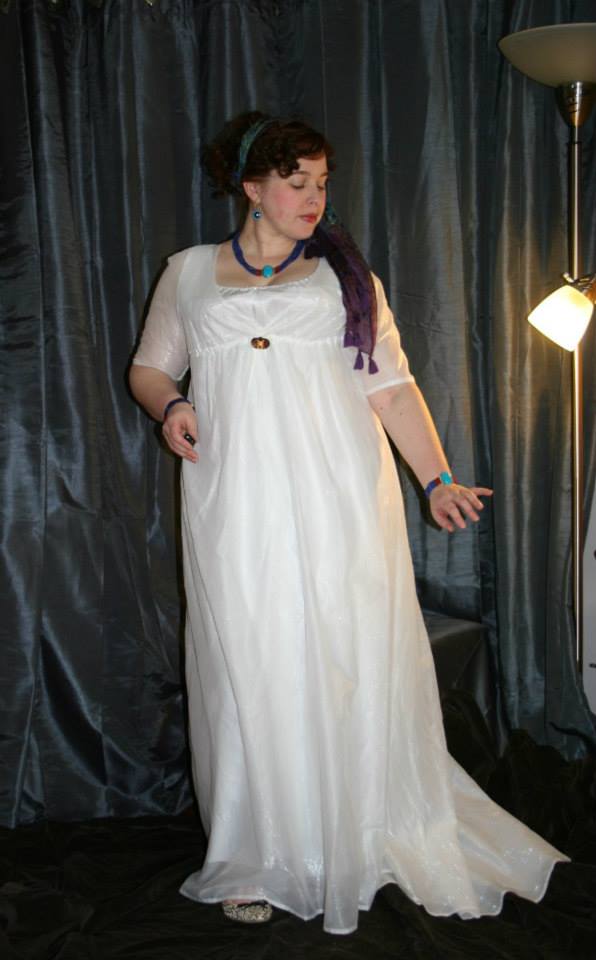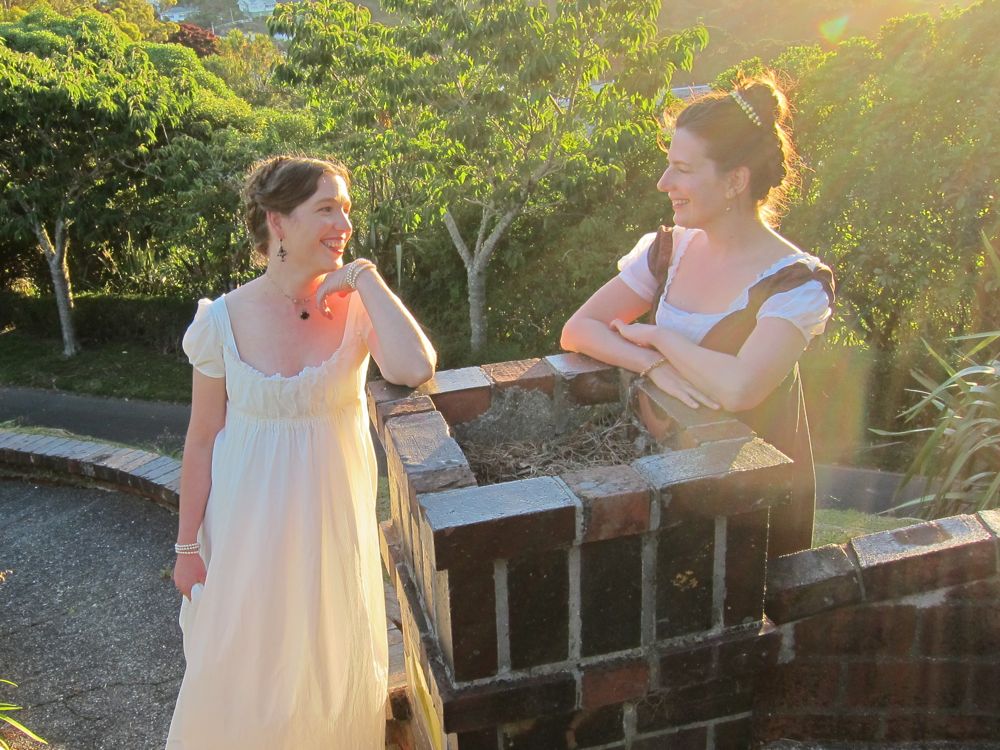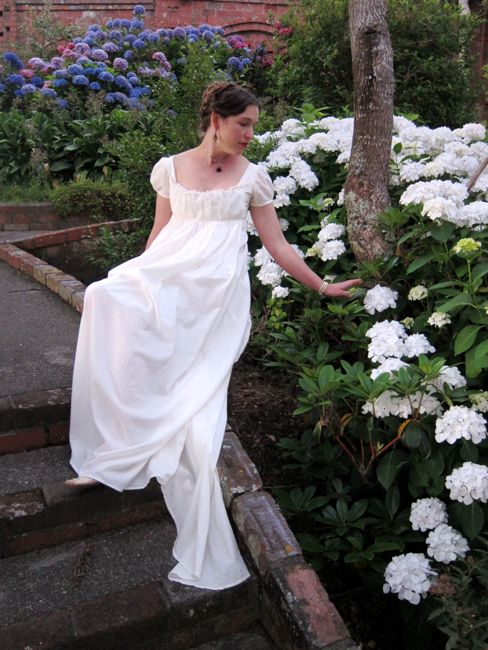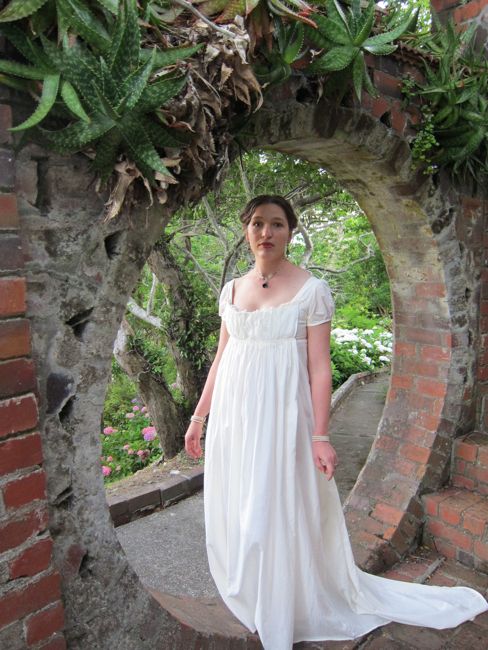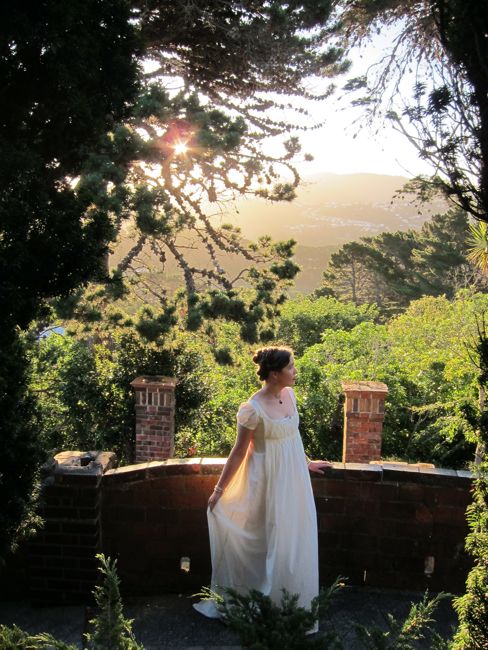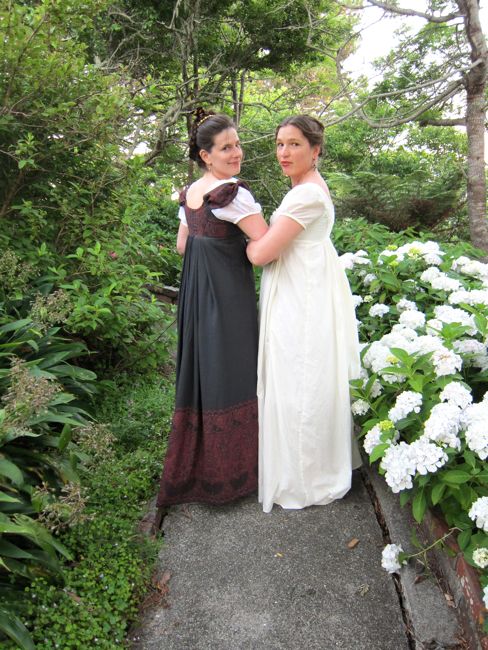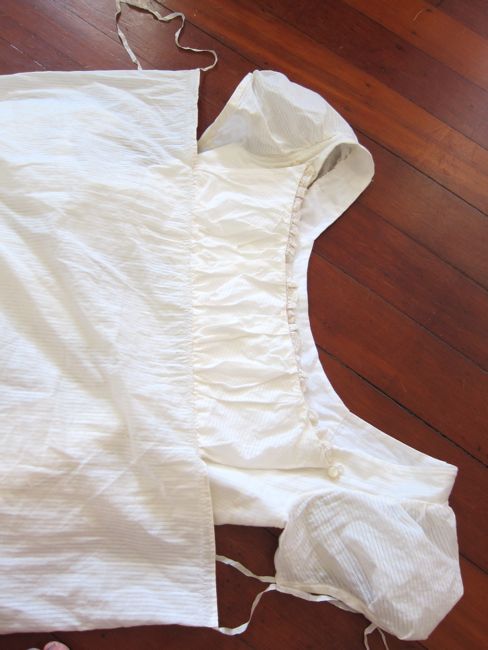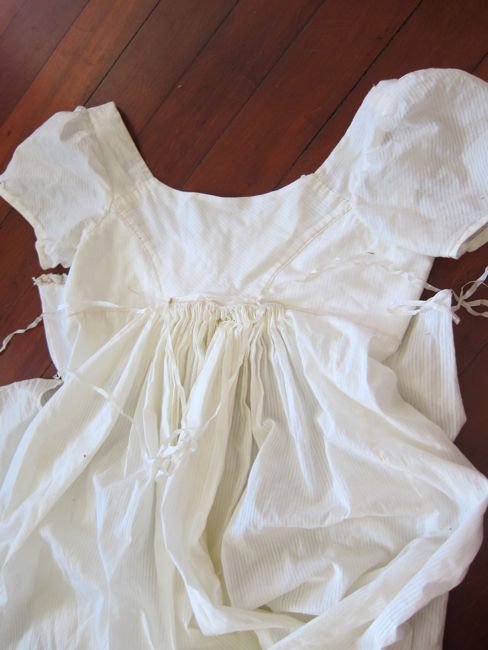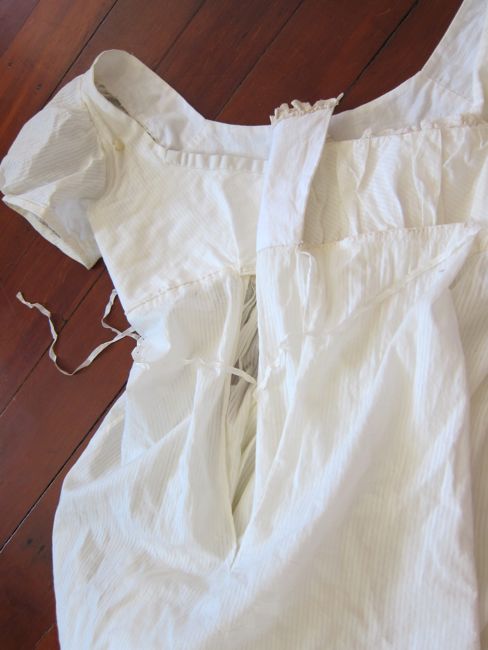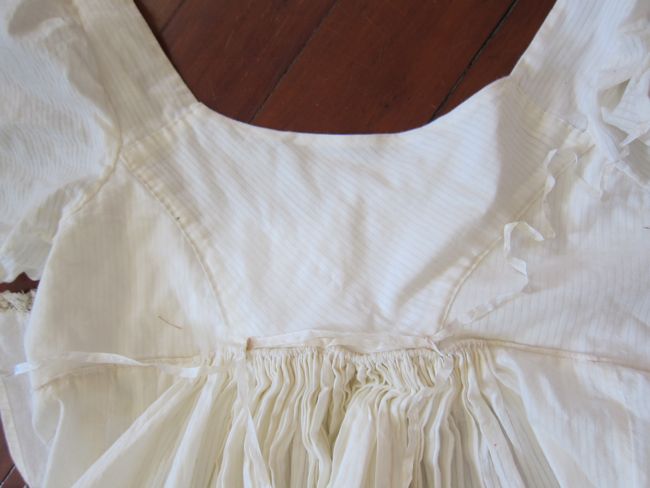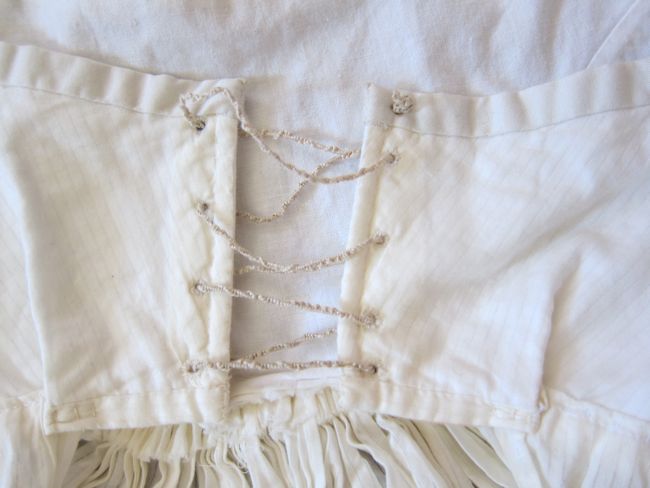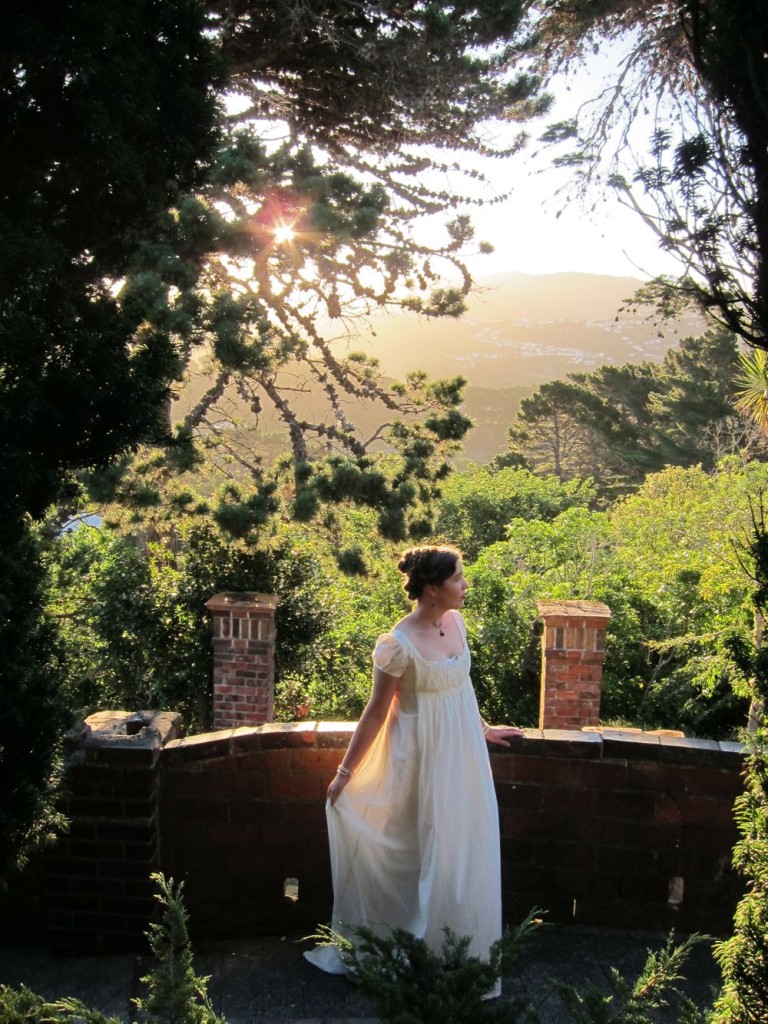Oh my goodness! A month into the HSF/M 15! Most of us are just finishing up our challenges for #1, Foundations, so let’s take a little break to look back and 2014, and some of the amazing things that were created in the last four challenges of the year.
There are always too many fantastic things to choose from, and I always end up with lists that are twice as long as what I can post. I try to highlight pieces that have interesting backstories, that are well made, and show research, thoughtfulness, and a stretch on the part of the maker. Most of all my favourites represent the spirit of the Historical Sew Fortnightly; the quest to explore history, raise our skill levels and standard, stretch ourselves (or sometimes just get something done, rather than just procrastinating); and the spirit of the individual challenge.
For every one piece I was able to feature, there are three or four fabulous ones with their own story that I couldn’t cover. Have a browse of the links through the challenge pages on my blog, and the HSF facebook albums to see them all!
Challenge #21 — Re-do (and the facebook album for the challenge) The easiest challenge of the year to do, because we all ended up with UFOs, but the hardest challenge to choose favourites for, because there was such a variety of themes!
- Sarah’s 1840s maternity gown – Sarah may be a co-moderator of the FB group, but there is no favouritism going on here (except that anything paisley is going to be a favourite with me). The gown is stunning by any standard, it’s fantastic to see historical maternity wear, and the fact that she made it while pregnant, with a young toddler, just adds another layer of impressive.
- Ninka’s Regency chemise: There is something so beautiful and satisfying about a really lovely, well made chemise or shift. This one gives me chemise envy!
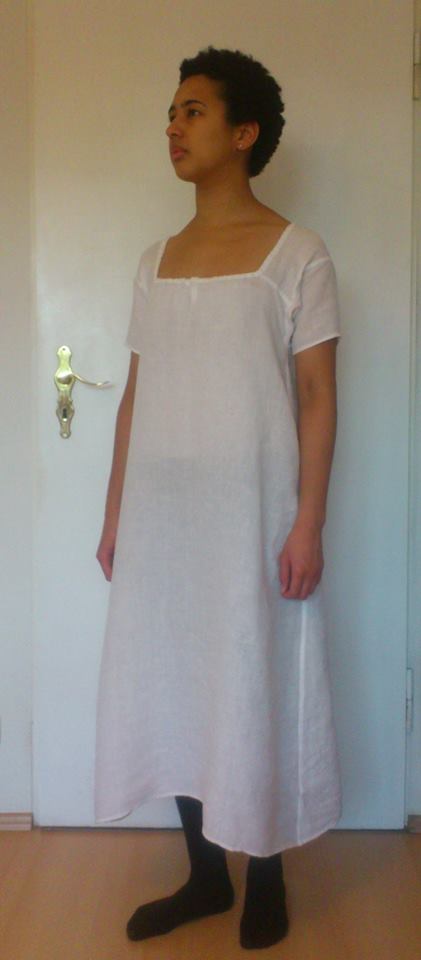
- Vanessa’s Regency Era shift & bed gown — Like Ninka, Vanessa re-did Under it All and Black and White, but her bed gown is a bit of adorable ridiculousness, rather than the elegant simplicity of a chemise – and I think both options are fabulous! And so nice to see something for totally indoor, private wear (but that still isn’t really an undergarment).
Challenge #22 — Fort-nightliers Choice: Gentleman (and the facebook album) Lots of amazing, amazing menswear! So hard to choose, because there were so many cool things! Surprisingly, there weren’t that many menswear-inspired womenswear pieces.
- Brann’s cravat — Sometimes the simplest things make an outfit, and a beautiful cravat certainly makes a gentleman’s look. Plus, different cravat styles!
- Jamie’s military inspired spencer jacket — a fantastic piece illustrating the influence of military costumes on women’s fashions.
- Jeannette’s Gentleman’s Smoking Jacket — Fabulously evocative, from the Mark Twain inspiration to the final product.
Challenge #23 — Modern History (and the facebook album) I was really excited to see how people would interpret this challenge, and I was not disappointed! From period pieces used in a modern wardrobe, to period inspiration for modern pieces, to periods (like the 20s & 30s) that are very wearable in a modern context anyway, there were lots of fantastic creations!
- Sophia’s ‘Sarah, Duchess of Marlborough‘ 2015 meets 1702 frock — I LOVE this! The way it looks just like Sarah’s robe, but is also so now!
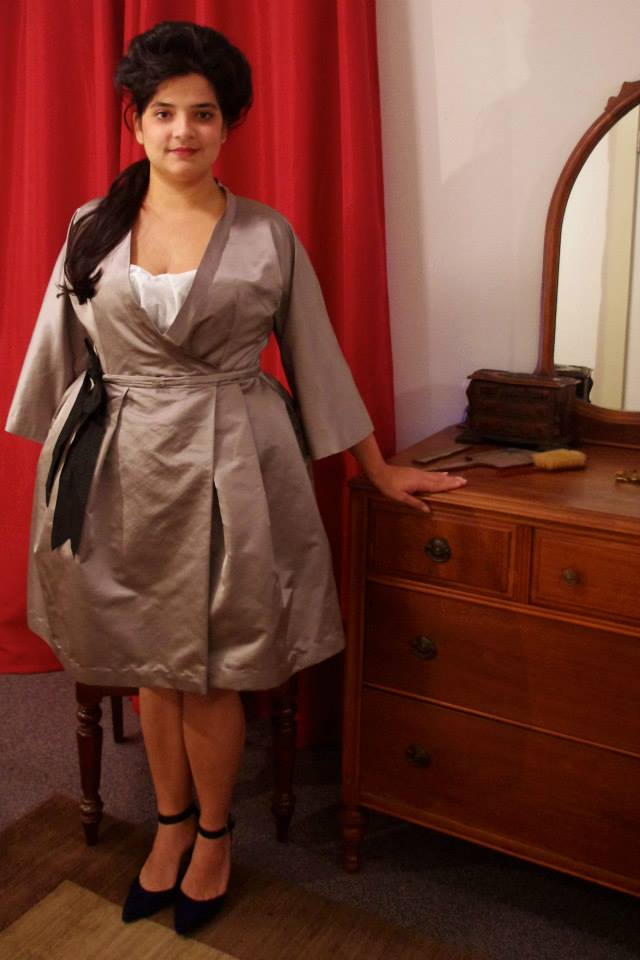
- Lisa’s Regency Chemisette — What a fabulous statement piece worn under a cardigan! And, of course, perfectly period for Regency wear.

- Dawn’s chainmail bracelet – The chainmail bracelet is a great way to use a period technique to create a modern fashion item. Very effective!
Challenge #24 — All that Glitters (and the facebook album) Oooh, sparkly, glittery, sequined, shiny beautifulness! So exciting!
- Stephani’s 1794-1803 gown after portraits of Queen Luise of Prussia — A beautifully made frock that looks just stunning on Stephani (proof that Regency isn’t just flattering on the extremely tall and thin) and the luminous glow of the fabric adds just that extra bit of special.
- Cathy’s Roman pearl bead necklace & earrings — Pearls are pretty much my favourite gem, and the appeal of this Roman necklace is timeless. There is almost no period when this necklace and earrings couldn’t be worn and look right..
- Black Tulips ‘Twelve Dancing Princesses’ 1900s ‘enamel’ necklace — It’s glittery and shiny and has a wonderful historical backstory, and a wonderful tie-in to the Fairy Tale challenge. Divine!
Congratulations ladies and gentlemen! We made it! You were a joy and an inspiration throughout the year! Onwards and upwards to 2015’s makes! (where I will be featuring favourites at the end of every challenge, rather than wrap-up posts every four challenges).

